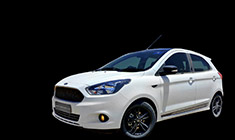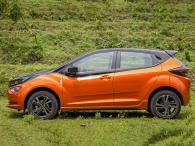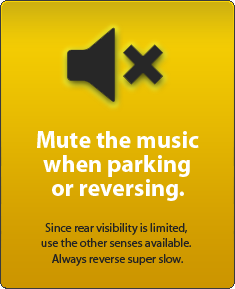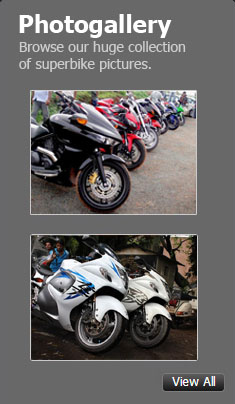News
Maiden voyage in my Drammer yacht: Set off for her home port
Last Sunday afternoon, Mrs D. and I set off for the marina which has been Sirion's home port for the last 13 years.
BHPian Jeroen recently shared this with other enthusiasts.
Sirion Maiden Voyage Day 1:
We brought Sirion home!
Last Sunday afternoon, Mrs D. and I set off for the marina which has been Sirion's home port for the last 13 years. We had decided to stay on board Sirion the evening before her maiden trip.
We had to cast off, really early and we wanted to get settled in and put all our gear away. In the end, this turned out to be a good decision. Because this was the first time we would sleep, eat, and live on Sirion for some 60 hours. So we had plenty of time on Sunday evening to unpack all our stuff, store provisions, figure out some stuff, etc.
We were pleasantly surprised by how well Sirion's heater works. Very simple, a diesel heater. But it worked well and we were cosy, tied up in the Marina with rain falling on our cabin.
We got up at around 06.00 AM and got ready to depart. The first thing is to put to flag out of course. The weather was a bit wet and grey, but was supposed to improve considerably. Very little wind.
Navigation lights on, Green on starboard, Red on port, white forward/rearwards
I had waited till about 06.30 to cast off, Sun rise was 06.45 so we had sufficient light by then. I did not want to leave and manoeuvre through the marina in the dark.
As I showed in the previous post, I had spent hours and hours planning this trip. Pouring over various charts, maps, and of course the Almanac.
Because we were so early in the season, several of the bridges on our route were not operational yet. You need to call ahead, 24 hours in advance, to agree on a timeslot when you will be there and they will open the bridge for you.
But it also means you need to show up at the agreed time. Our first agreed bridge opening was 14.00 hours. Somewhere along the river Vecht. I had figured we needed to reach the lock in Muiden, entry to the Vecht, by 11.30 latest. The speed at the Vecht is limited to 9 km/h and some stretches only 6 km/h.
Which all meant casting off early and running Sirion at an average of 12,5 km/h for the first 3,5- 4 hours. Only one lock, within 10 km of us leaving the marina.
I called the lock operator on our VHF radio. As you can see the lights are still red here. He readied the lock for us right away.
Green lights in we go!!
Mate Mrs D. handling the lines like a pro! Notice the life jacket. We wear them all the time on large waters, lakes, rivers, and in locks! Safety first, always!
A little later we encountered our first couple of sailing vessels. They also had AIS. I was keeping Sirion inside the channel of Buyos, starboard side. Which meant the sailing boats had to give us the right of way. These are very wide waters, but they have very shallow parts and lots of weeds. So I stick to being between the buyos, no matter what!


Some very sporty types, out in the rain and cold on their rowing boat!

There are two entries into Muiden. Both have buyos all the way, but the shortest route takes you across some shallows. According to my channel water depth could be as low as 1,3m. Sirion's draught is 90 cm!! Still, we went ahead because the other entry would have taken 45 minutes extra. So we slowed down, to a very sedate 4-5 km/h and watched our depth gauge continuously. We never saw less than 2 meters in depth.
So here we are entering Muiden at 10.50. Ahead of schedule!! I called the lock. This lock is known as the "large Sea Lock". More than a century ago, this water was known as the Zuiderzee, (Southern Sea) with an open connection to the North Sea. The "afsluitdijk" was completed in 1932, which meant this sea turned into a lake. Subsequently, the Dutch put lots more dikes up pumped out the water, and reclaimed a lot of land from the former sea.
As far as I know, this is the only inland sea lock in the Netherlands.

We passed our very first lock with no incidents, all went very smoothly. Sky was still a bit grey and dull. We passed this old steam pumping station. It is not used anymore, it has been turned into a museum. Believe it or not, we still have an operational steam pump station up in the province of Friesland. Every year during the winter it is used to help pump water into the IJsselmeer.
This is how the steering stand looks like during these trips. Paper chart at the ready. My iPad has the wonderful planning app Waterkaarten (nautical chart), I keep track of our progress separately in my log and I also have the Almanac ready.
Raymarine radar and chart plotter are on of course.
Sky beginning to clear
Time for a cappuccino for the crew and skipper!
We passed some interesting towns, marinas, and other landmarks. Look at this. These new buildings have been modelled on old traditional Dutch warehouses.
I mentioned before to always run the radar, irrespective of the weather and our visibility. I have figured out all the basic functionalities but still lots more to discover on how I can optimize this electronic kit.
Everywhere in the Netherlands, you will find ferries or pontjes as we call them. The larger ones will take cars as well. But there are hundreds of what we call voet/fietsveren. (pedestrian/cyclist ferries).
Many people use a bicycle to go to work, kids go to school on their bicycles. Getting across a river or a canal by bridge might mean large detours. So we have lots of these little "pontjes". They come in all sorts of sizes and shapes.
Although you do need proper charts when sailing the Dutch waters, some of the waterway intersections have signs for directions.
Did I mention this trip will get us through 46 bridges? The Waterkaart app and the almanac will tell us if we fit underneath, maybe have to put our mast down, or the bridge might have to open for us. This one, I don't need to look it up, we can fit underneath, and it's mast up easily!!
Apart from being the first mate, Mrs. D is only in charge of the food and the galley. Yes, I know very traditional, but that is just how things are in our marriage. Which has lasted, well over 40 very happy years!
Hot water comes from our boiler. It can be heated electrically by 220 VAC or by the engine cooling water.
Still a bit gloomy the weather as we came across our very first barge. This is a fairly small one. I pick them up on my radar/chart plotter as all of these ships have AIS.
It is fully loaded. People are often amazed at how deep these vessels are in the water. But that is just normal.
Check out BHPian comments for more insights and information.
- Tags:
- Indian
- Member Content
- Yacht
- boat
- sailing



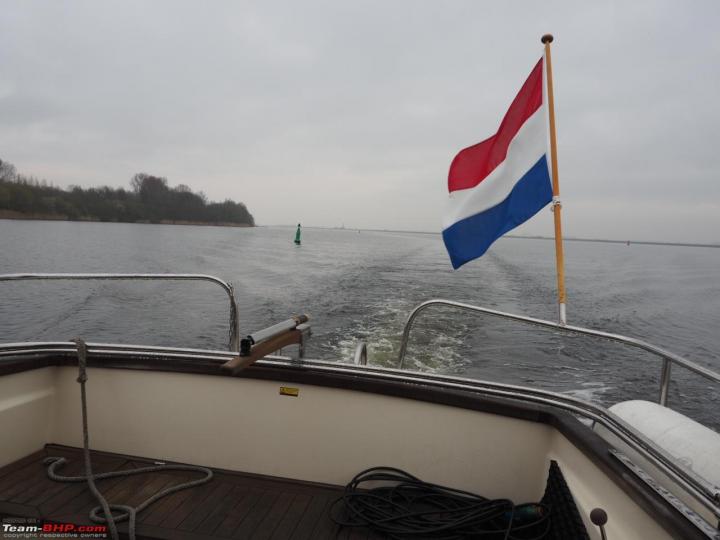








_5.jpg)



